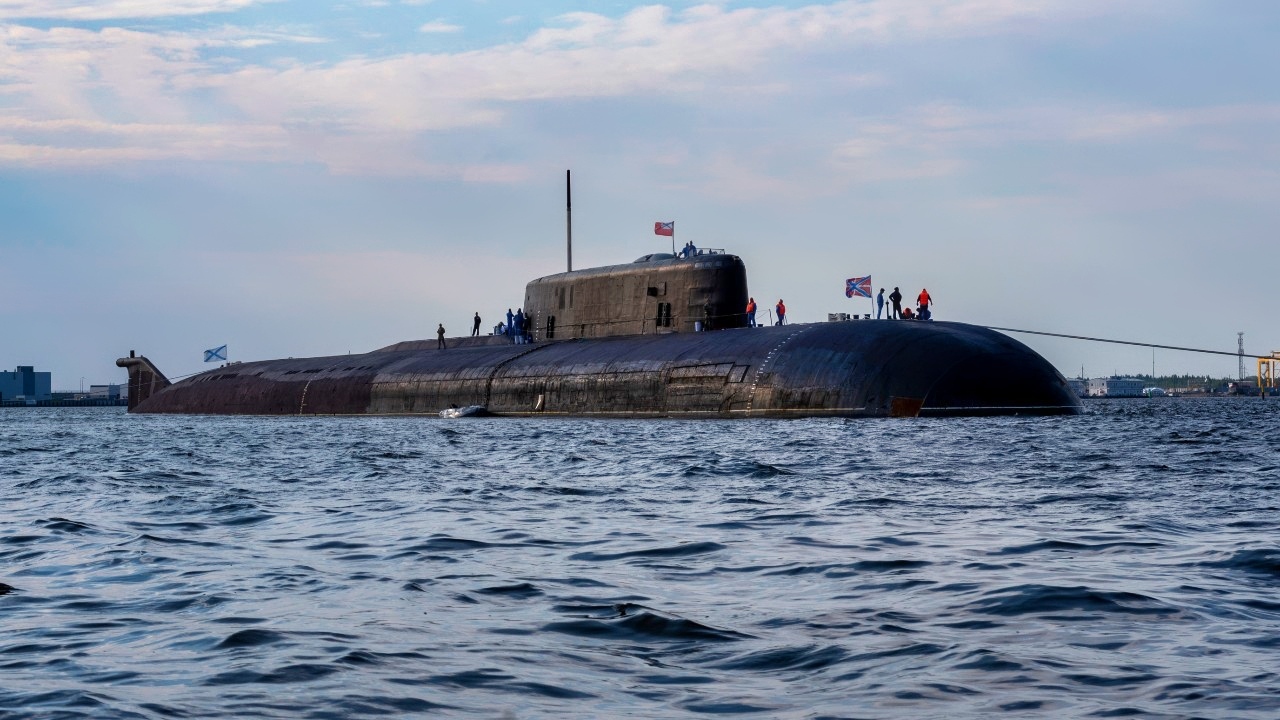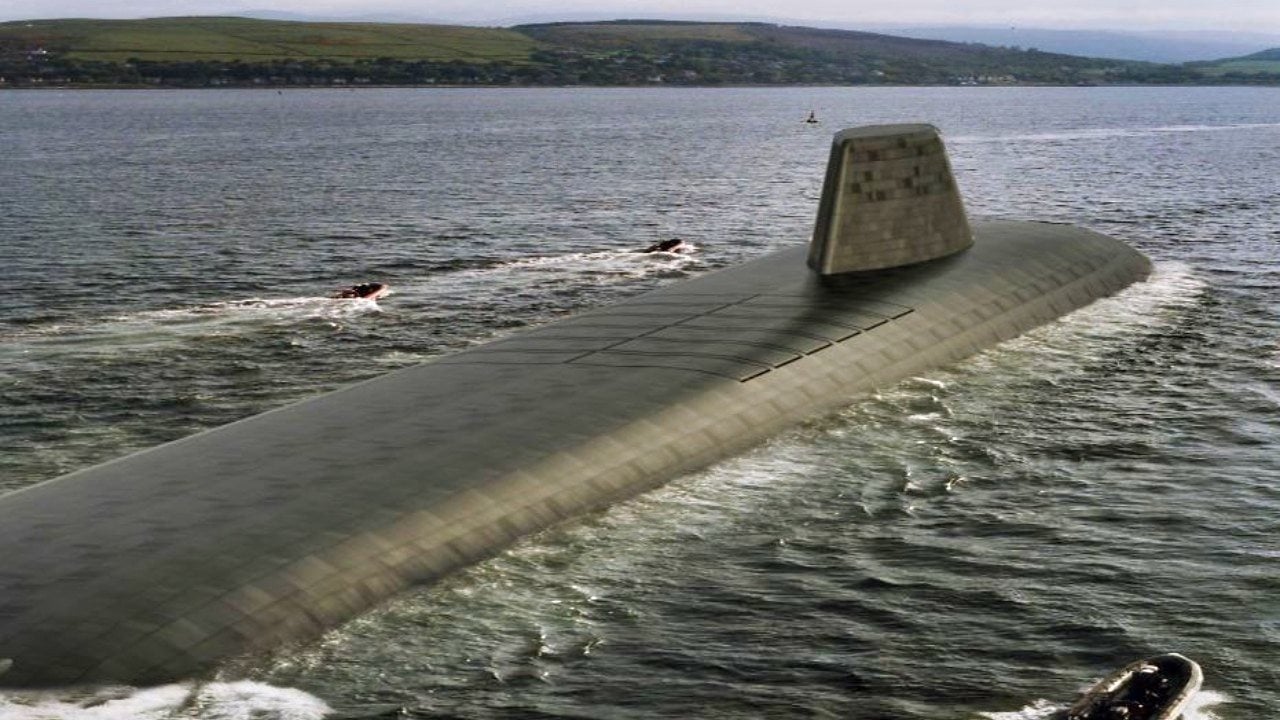What You Need to Know: A recent paper from the UK-based Council on Geostrategy calls for the Royal Navy to acquire an additional Dreadnought-class submarine, reconfigured as a cruise missile submarine (SSGN) instead of a ballistic missile submarine (SSBN).

-This would offer the UK enhanced capabilities for global strike and anti-shipping operations. The Dreadnought-class boats, already the largest ever built for the Royal Navy, are well-suited for conversion due to their size and stealth features.
-However, while this SSGN proposal offers strategic value, the UK still faces challenges recycling its decommissioned nuclear submarines, raising questions about the political and financial feasibility of expanding the fleet.
Calls for Royal Navy to Expand Its Sub Fleet With Special Cruise Missile Boat
The UK-based Council on Geostrategy published a paper that called upon the Royal Navy to acquire an additional Dreadnought-class nuclear-powered ballistic missile submarine (SSBN), but have it reconfigured as a cruise missile submarine (SSGN).
The paper – “A more lethal Royal Navy: Sharpening Britain’s naval power” – suggested that such a submarine would be “force-multiplier,” and less costly than the UK investing in additional carriers and aircraft.
Why An SSGN?
The case for an SSGN instead of an SSGN has merit, as it would serve in a role beyond just nuclear deterrence.
“These have essentially been a superpower asset, a concept pioneered by the Soviet navy with their Oscar class submarines designed as ‘carrier killers’ and subsequently perfected by the USN with the Ohio-class SSBNs converted to deliver a huge cruise missile punch,” explained Navy Lookout. “The SSGN takes the threat of the cruise missile and multiplies complications for defenders with the ability to strike suddenly.

Much like an SSBN, the SSGN could travel the world underwater for months at time, and then be able to launch ” surprise attacks with rapid, concentrated firepower against well-defended targets” while in an “anti-shipping role” could take out “high-value” targets like aircraft carriers and escorts.
As Navy Lookout further indicted, for the Royal Navy an SSGN could be deployed faster than a carrier strike group, while it can be armed with cruise and even hypersonic missiles.
“The SSGN can deliver other payloads, including more spacious accommodation for special forces and delivery vehicles than carried by a typical SSN. The VLS tubes could also be used to house assorted UAS and UUVs,” Navy Lookout added.
The Dreadnought-Class
The future Dreadnought class boats could be well suited to such a conversion. The four planned boats, which will be named Dreadnought, Valiant, Warspite, and King George VI, will each be armed with Trident D5 missiles and take on the duties of the “Continuous At Sea Deterrent.” A Royal Navy ballistic missile submarine has been on patrol every day since 1969.
The boats will be 150 meters longnearly 500 feetand displace 17,200 tons, making the Dreadnoughts the largest submarines ever built for the Royal Navy. The submarines will also feature a new lighting system that can simulate night and day, giving underwater mariners a better sense of what time it is, another first for the Royal Navy.
The Dreadnought class will also utilize a much quieter propulsion system by incorporating a new turbo-electric drive, which uses the nuclear reactor to generate electricity and powers the motor that drives the propulsor. By driving the propeller shaft directly, this should result in a far quieter submarine.
The UK Must Still Deal With its Old Subs
Even as there are now calls for an additional nuclear-powered submarine – which the new Labour government is unlikely to automatically green light – the UK must still deal with recycling its old boats.
To date 22 of the Royal Navy’s nuclear-powered submarines have been decommissioned and must be recycled. Even as 90% of the components, notably the steel, can be reused, Naval-Technology.com reported, the process is still a timely and costly endeavor and could be enough to convince Downing Street that investing in more submarines isn’t what the country needs right now.
Author Experience and Expertise: Peter Suciu
Peter Suciu is a Michigan-based writer. He has contributed to more than four dozen magazines, newspapers, and websites with over 3,200 published pieces over a twenty-year career in journalism. He regularly writes about military hardware, firearms history, cybersecurity, politics, and international affairs. Peter is also a Contributing Writer for Forbes and Clearance Jobs. You can follow him on Twitter: @PeterSuciu. You can email the author: [email protected].
Image Credit: Creative Commons and/or Shutterstock.
